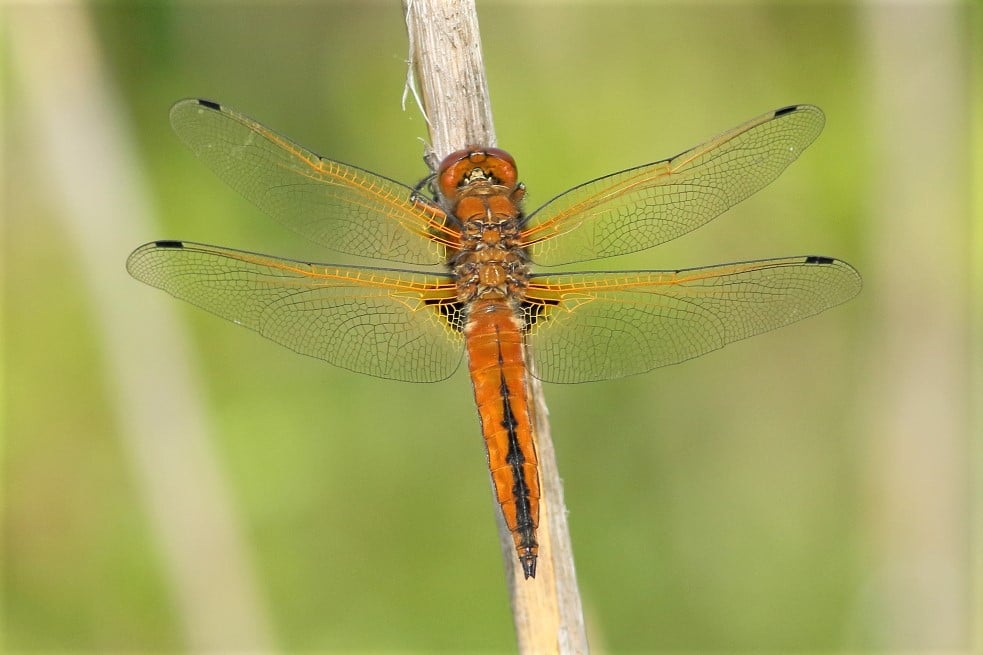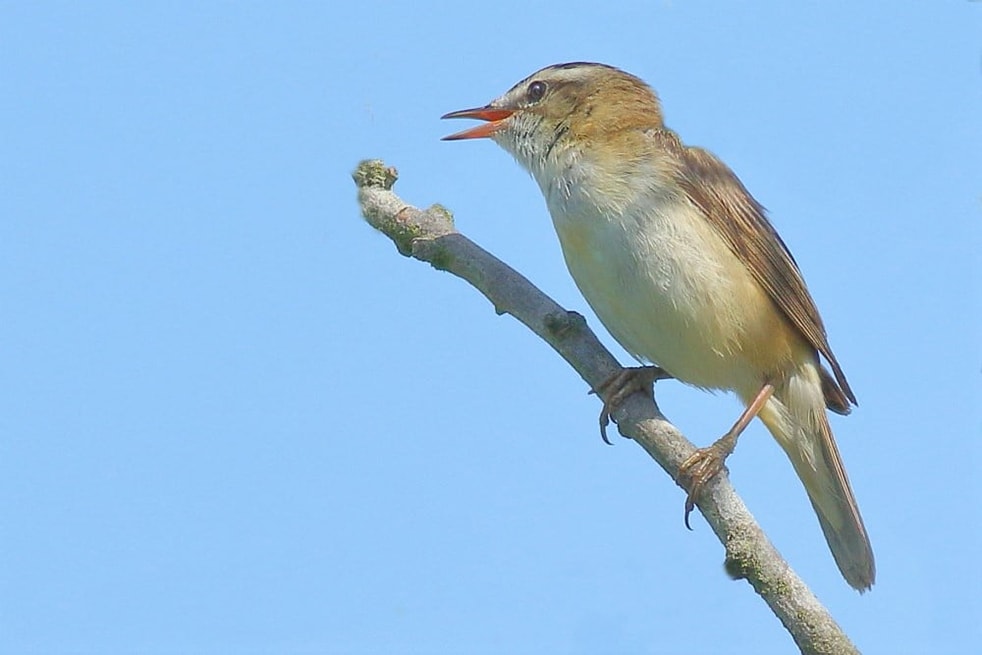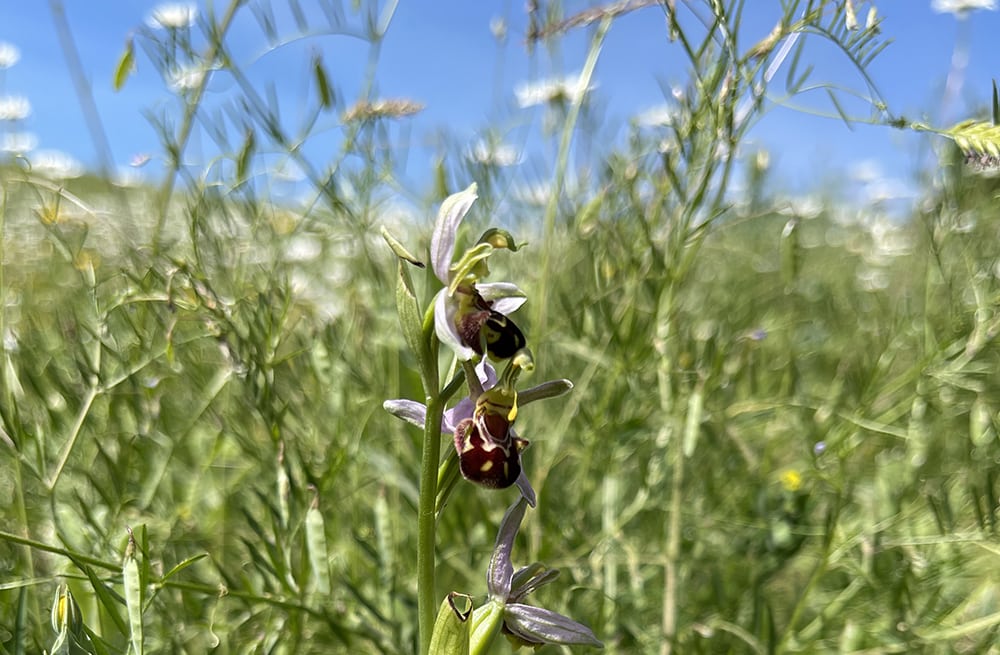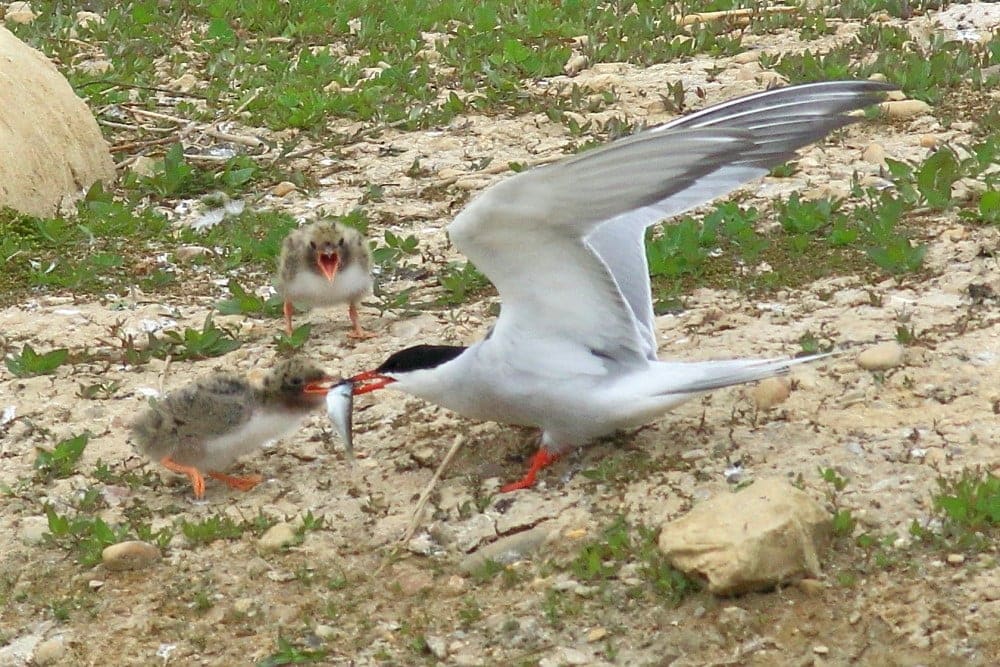Kings Dyke Nature Reserve – Spring 2021
Spring at Kings Dyke Nature Reserve: reserve manager, Philip Parker, updates us on what’s been happening at the former clay pit.
Award-winning Kings Dyke Nature Reserve, near Peterborough, was established by Forterra in 1999 on the site of an old London Brick clay pit that fell into disuse in the 1970s.
Developed as an educational nature reserve for schools in the local community, the site benefits from a wide range of habitats, from open water and ponds to grasslands and bare open spaces. In 2018, Kings Dyke was named the most bio-diverse site in naturalist Chris Packham’s BioBlitz, recording 1,138 different species of wildlife in just 24 hours.
As we head into summer, Philip Parker, manager of our Kings Dyke Nature Reserve, looks back on spring’s highlights.
Spring was slow to reach King’s Dyke this year. Cold weather, long into May, meant fewer spring blooms, butterflies, dragonflies and other insects. In April, we would usually have started butterfly and dragonfly transects (a set walking route along which the number of different butterflies or dragonflies are recorded), but hardly any were to be seen.
However, with the weather finally turning warmer towards the end of May, spring blooms and early summer flowers have come out all at once resulting in an extraordinarily beautiful display. Butterflies and dragonflies also started to put in an appearance, which was good to see, however, it remains to be seen how the late spring will have affected numbers.

Scarce Chaser by Terry McKenna

Sedge warbler by Terry McKenna
April and May saw the return of breeding birds to their nesting territories, and the air is alive with their song. Often the last to arrive are the common terns whose nesting habitat was limited last year as a result of high water levels. This year, however, we’ve managed to get levels back to normal and we have 15 or 16 pairs of terns nesting on one of the islands, which is the most we have ever had; we are looking forward to seeing their offspring.
For the last three years, sand martins have taken to nesting in the brick stacks at the Kings Dyke London Brick factory. As a result, they have had to set aside that part of the stock yard to protect them. We have recently built a sand martin nest box to try and provide them with an alternative nesting habitat – hopefully they’ll take us up on it next year!
The lake used to be full of sticklebacks, but over recent years pike have taken up residence, probably brought in as eggs on the legs of birds, and there is no longer a stickleback to be found. A predatory fish, pike can grow quite large (up to about a metre in length) and will feed on other fish and on birds swimming on the water surface above – we have sadly lost a few cygnets and goslings to them. We’re currently seeking advice on how best to manage the situation, but at the moment, the pike are carrying on doing what pike do.
Finally, we have just completed another BioBlitz, which saw as out and about, day and night, counting the different species on the site. We’ll reveal the results in a few weeks’ time.

The first bee orchid of the year by Phil Parker

Common Tern by Terry McKenna
About Philip Parker
Philip Parker is an environmental consultant who has managed Kings Dyke Nature Reserve for Forterra since 1995.
About Kings Dyke Nature Reserve
Kings Dyke Nature Reserve, near Peterborough, offers a peaceful place to observe an abundance of wildlife as well as offering facilities and activities for visitors including:
- Bird watching hides
- Fossil hunting
- Pond dipping
- Informative nature trails
- Elevated viewing areas
- School and community group visits
- Volunteer work parties
- A wide range of member events throughout the year
For further information and for permit details, visit kingsdykenaturereserve.com
